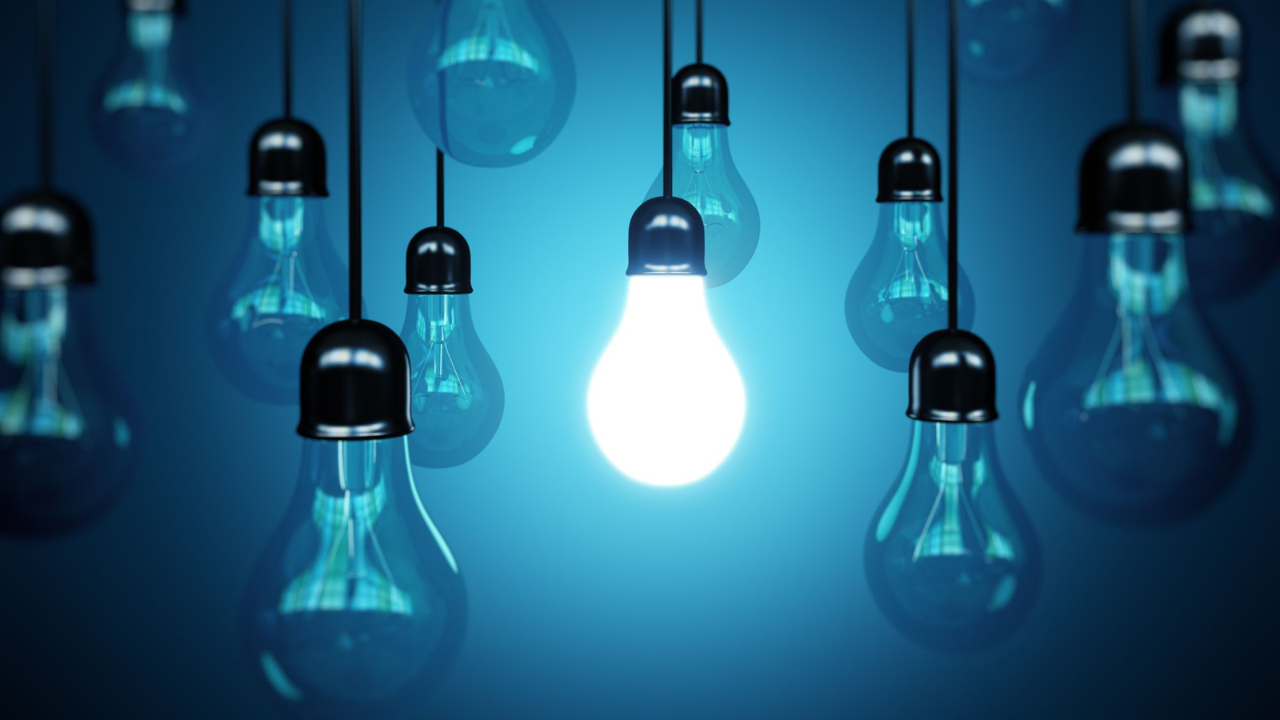
There will be a day when incandescent (or normal) lightbulbs will be replaced by LED bulbs. Whilst that day isn't here just yet, it doesn't mean that people won't begin to switch at some point. Riveting conversation, I know.
Look, I get it. There's no denying that lightbulbs aren't the most exciting topic of conversation. I personally thought it couldn't get more boring, but until I invested in some smart home lighting and made the switch to smart LED bulbs, I fully understood how great they can be. Not only do they provide different lighting settings, they're also able to connect to other smart home devices, such as the best smart speakers, best video doorbells or best smart sensors, so you can command them on and off with your voice, motion or light detection. As well as this, they're also more sustainable and much safer - I bet you didn't know all that, did you?
Switching from normal bulbs to smart LED bulbs has overall been a very eye-opening experience, and it's this reason why I thought I'd share with you the five main things I wish I'd known before I switched.
Make sure you check out our guide to the best smart bulbs so you know where to start.
1. They last an incredibly long amount of time
One of the biggest benefits of using LED lightbulbs is simply how long they last. Due to their very efficient thermal management, LED bulbs are able to remove heat through special heat sinks to help slow down lumen depreciation. Even after their lifetime, LEDs will continue to operate for years, but just not at 100%.
A well-built LED with good thermal management should remain at its top performance for around 50,000 hours. However, it's always best to be wary of retailers making exaggerated claims about the life expectancy. Make sure to read any reviews before buying!
2. They're safer than normal lightbulbs
Whilst incandescent bulbs don't contain mercury, CFL (Compact Fluorescent Lights) bulbs do. This increases a risk of mercury poisoning if they leak or are smashed.
On the other hand, LEDs do not contain mercury. They also give off comparatively little heat, making them safer to handle if used for a while. The absence of glass and fragile parts also reduces the likelihood of breakage, so you won’t have to worry about broken glass.
3. They work in existing fittings
Most LED bulbs are retrofit and are designed to work with existing light fittings and be used as direct replacements. Some lighting brands, including Philips Hue, release a huge variety of LED bulbs, ranging from GU10s to B22s. Whilst you have to pay special attention to make sure you're not buying the wrong bulb, it brings a lot of freedom when choosing which kind of LED bulb you'd like in your home.
4. They offer a huge range of colours and tones
Installing a smart LED bulb is a great (and affordable) option to set the ambience in your home. Smart LED bulbs are usually categorised by full colour, dimmable white and tunable white (bright white and warm tone options). For example, WiZ and Philips Hue offer all three categories, as well as providing up to 16 million colours for their full colour bulbs.
5. They work well in colder temperatures
LED bulbs are ideal for colder temperatures, unlike CFLs. They are also extremely durable and built with sturdy components, meaning they're able to withstand tough conditions. As LEDs are resistant to shock and extreme weather, they also make a perfect choice for outdoor lighting systems.







